Comparison Shopping Engines give e-commerce retailers the ability to attract new customers, increase sales, and take on the competition.
Merchants often list their products on Google Shopping, but they don't know which other shopping channels to pick. We have created a checklist to find those CSEs that work best for you. Choosing the top shopping comparison engines should be based on traffic, revenue, conversion rate, return on spend, average CPC, quality of trading tools. We focused attention also on the retailer's response ratings to prepare a guide on marketing spend for advertisers.
What is the best differs among merchants. Any channel may work well for one merchant and not for another. Choosing best comparison shopping engine Y depends on the channel type and the product types. Beware not! We're going to lead you trough this maze and help you out to make the best decision for your business.
What Are Comparison Shopping Engines?
Comparison shopping engines are websites that consumers can use to find multiple retailers offering the product they want to buy.
They can compare the offering from each of these retailers and select the one that is most appealing. Comparison Shopping Engines (CSE) are also known as price comparison websites.
From a retailers’ perspective, comparison shopping engines are a method of online advertising. They allow retailers to upload their product data feeds, set bids for particular products or product categories.
The products in the data feed then appear on the comparison shopping engine. This is alongside products from other retailers.
When a user clicks on one of your products, they go to your website where they can complete the purchase.
Go back to the Top or
Benefits of Comparison Shopping Engines
Comparison shopping engines offer a wide range of general benefits. There are also specific benefits when you compare them to using marketplaces or other types of PPC ads. Those benefits include:
- Wider reach: Comparison shopping engines let you expand your reach beyond your website to find new customers.
- Improved conversions: A potential customer only clicks to visit your website on a comparison shopping engine after they have seen an image of the product, a price, and other information, including who you are. As consumers are more likely to click on listings they are happy with, you have more chance of getting the conversion.
- You own the customer: This is a particular advantage of comparison shopping engines over marketplaces. When a customer buys one of your products through a marketplace, like Amazon or eBay, they remain a customer of the marketplace. This makes it impossible for you to engage with them in a meaningful way at a later stage. Or, turn them into a returning customer. However, with a comparison shopping engine the customer is yours.
Go back to the Top or
How to Maximize Comparison Shopping Engine Return on Investment
There are three things you should prioritize when listing your products on comparison shopping engines. To increase conversions:
- Manage your data feed: Adhering to the channel's feed specifications, optimizing content in the data feed, and ensuring it stays up-to-date, are all crucial to achieving success on comparison shopping engines. DataFeedWatch helps you achieve this.
- Manage your bids: Ideally, you should do this on a daily basis. It means removing products that do not perform – products that get clicks but no conversions – and increasing bids for products that perform well.
- Optimize your website: The consumer’s final decision to purchase the product will take place on your website. This means you should optimize your site to ensure you don't lose the sale. This includes having a fast-loading website, an optimized mobile website, strong and engaging content, easy to use shopping cart, and a secure checkout process.
Providing you take the steps above, you will generate profitable returns from comparison shopping engines. This makes them an essential part of the customer acquisition strategy.
Go back to the Top or
Questions to Ask Before Choosing the Best CSE for You
What type of channel do you prefer?
If you list your products on Search Engines or Comparison Shopping Channels, you pay a fee for every click to your shop. On Affiliate Networks and Marketplaces you pay a fee (fixed or percentage) for every sale. There are quite a few differences between the various channel types. First, decide which type fits your needs best. We have described the differences between affiliate networks, marketplaces, and comparison shopping engines.
What type of product do you sell?
Some shopping channels offer all products you can think of; others are specialized in certain categories. There are a few things you can do to figure out which is best for you.
- Check the categories per Channel
Some Channels are specialized in certain product categories. Check out a few channels and see what categories they offer. If they have a category for your products, they may be a good match.
- Do they sell your Competitor’s Products?
You can go a level deeper: enter a few of your products in the search bar of a shopping channel and check out the results. Are they selling your products? Are your competitors advertising on this channel?
If few competitors are offering your type of products, it may be that they already found out that it does not work. Vice versa as well of course!
- Trial and Error
The proof of the pudding is still in the eating. Pick a few channels (start with no more than 3) and start advertising. After a while, you can see which channels get you more sales and less cost. Then replace the worst channel by another one and see if it does better.
Go back to the Top or
The List of the Best Comparison Shopping Engines
To get you started, we have listed the 7 most popular shopping channels with sample feeds and data feed specifications. Creating and optimizing feeds for all those channels can be done in a matter of minutes using our DataFeedWatch solution.
1. Google Shopping (CPC)
Google Shopping is both a Search Engine and a Comparison Shopping Engine. If you advertise on Google Shopping, your products are listed on both.
They are the picture-ads that you see on Google’s SERP (Seach Engine Result Page). The ads include a product image, title, price and merchant name. These ads do not require keywords or text ads.
Google Shopping Ads dominate the market when it comes to traffic volume and revenue. Moreover, they also boast the lowest Cost per Sale. Google Shopping campaigns are set up in Google Ads – a pay-per-click platform – and requires a feed upload in the Google Merchant Center.
- Google Shopping fields descriptions
- Google Shooping feed specification
- Google Shopping feed sample
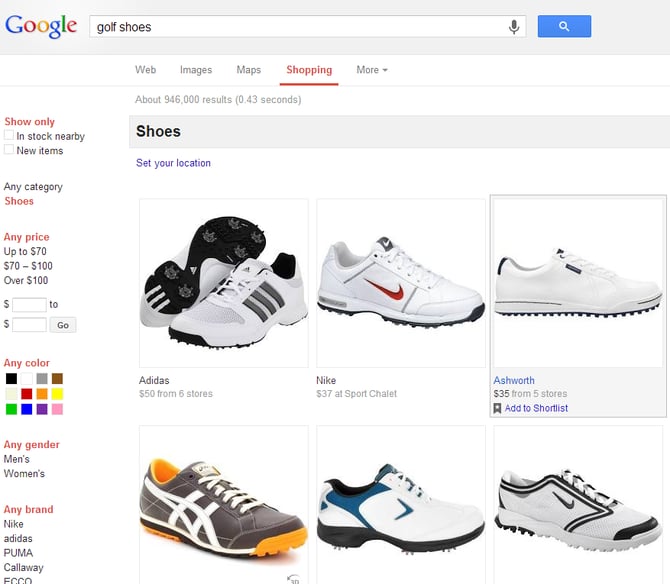
2. Amazon Marketplace
Amazon is one of the most popular destinations for consumers to search for and buy products. Amazon will not generate a click to your web shop.
Listing your products on Amazon means that the sale is actually done on Amazon and the merchant only gets to ship the product - unless he chooses to use Fulfillment By Amazon (FBA). The merchants pay a commission to Amazon for each sale.
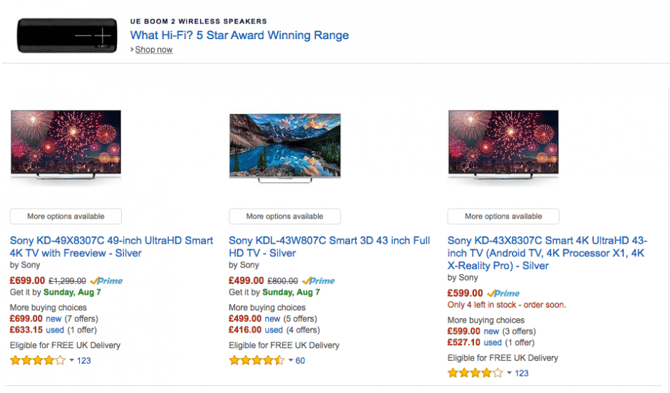
3. Facebook Ads
Facebook is a social channel on which a merchant can advertise. It is also CPC-based. Advertisements created through Facebook ads appear on Facebook user’s newsfeeds.
The merchant can target a specific audience (based on location, age, interests, etc) and he can run a re-targeting campaign to reach Facebookers that visited his site earlier.
Facebook is growing rapidly as an eCommerce channel, because of the extensive targeting and attractive CPCs. Facebook Ads provide insight and analysis tools for advertisers on their site:
4. Ebay Commerce Network
In 2013, Ebay relaunched Shopping.com as the Ebay Commerce Network, which today remains one of the major CSEs in play. In addition to an easily recognizable name, Ebay Commerce Network boasts 800 million live listings and 162 million active buyers.
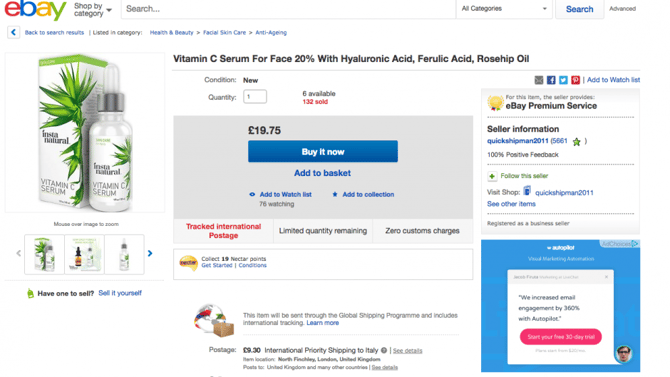
5. Connexity (Shopzilla, Pricegrabber, Become.com)
While Shopzilla still exists as a website, its parent company was rebranded and renamed Connexity in mid-2014. Connexity subsequently acquired Become.com later that same year and Pricegrabber in June 2016.
On the consumer side, all three channels still function as separate entities. However, retailers can operate combined feeds for each.
Connexity claims 175 million listings and 30 million shoppers across all of its channels, and based on its size and reach is poised to exert a large influence on the future direction of comparison shopping.
They have also recently introduced a targeted CPC program, similar to Google Shopping’s bid system.
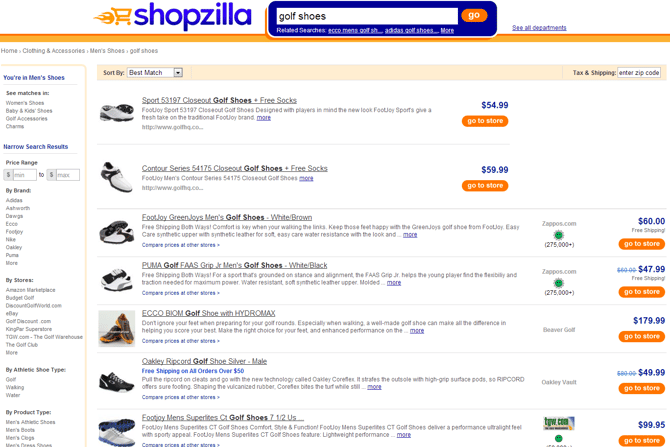
Pricegrabber fields descriptions | Pricegrabber feed specification | Pricegrabber feed sample | Pricegrabber rate card
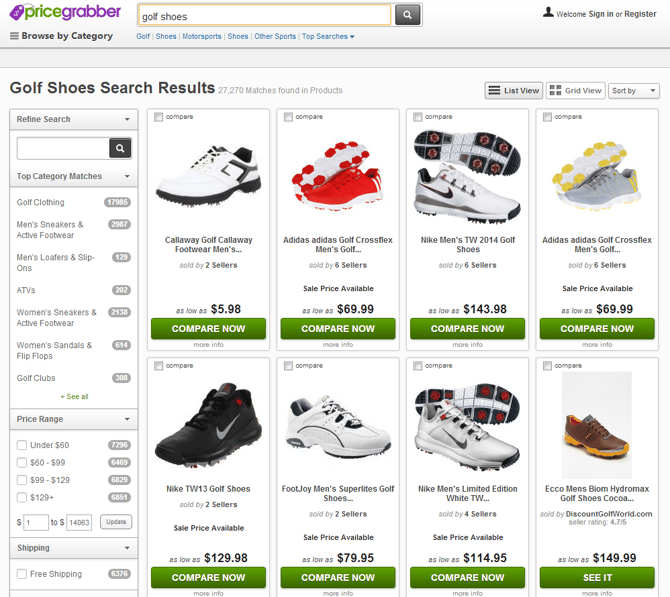
6. Nextag (CPC)
Nextag, which has been around since 1999, remains one of the only truly independent CSEs. Because of its long history Nextag has built up a reputation among consumers for reliability, and provides a trusted seller program.
In addition, they offer their own version of a free ROI tracking system to help merchants analyze and optimize their campaigns.
Nextag fields descriptions | Nextag feed specification | Nextag feed sample | Nextag rate card
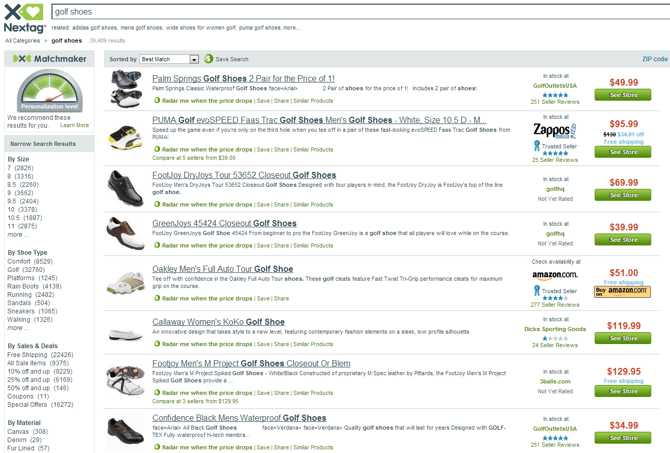
7. Bing Shopping (CPC)
Bing works exactly like Google: They list products in Bing Shopping and on Bing’s search result pages. Google is by far the most important Search channel, but if you are happy with Google Shopping, you might as well list on Bing Shopping as well, to attract some extra customers that have Bing as their favorite search engine.
Bing fields descriptions | Bing feed specification | Bing feed sample
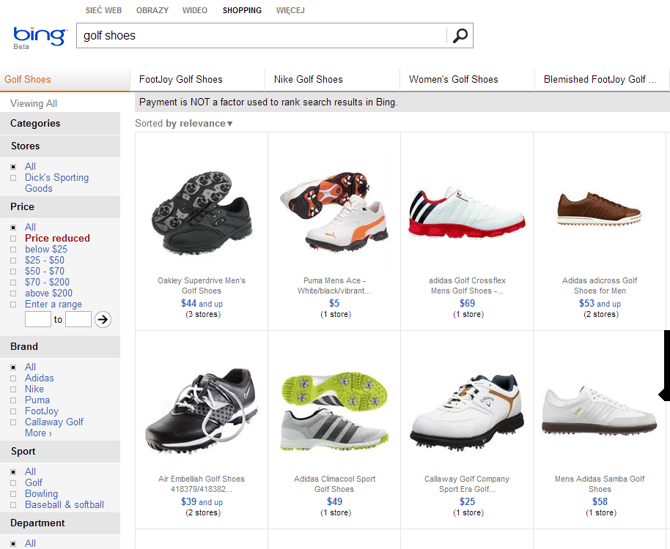
Go back to the Top or
Conclusions
Comparison Shopping Engines have their pros and cons. This is a great technology to find and compare prices. By being able to search multiple retailers, products and collect prices, it still gives buyers the ability to compare products in one convenient place. Since it satisfies the need, it stays here - and online merchants certainly benefit from it if they list their products.
